Learn how to choose a solar battery for your home with our 5-step framework. Calculate your energy needs, compare LiFePO4 vs. lead-acid, ensure inverter compatibility, and maximize your investment. Includes a FREE sizing worksheet.
How to Choose the Best Solar Battery: A Complete 5-Step Guide
Forget spending hours on confusing forums. The truth is, choosing the best solar battery comes down to just 5 steps:
Calculate your energy needs
Choose your chemistry (LiFePO4 is best for 90% of homes)
Check inverter compatibility (the most missed step!)
Compare specs like DoD & warranty
Plan your budget for lifetime value, not just upfront cost
I've helped over 200 homeowners navigate this choice. This guide includes a free calculator worksheet to give you an exact number to shop for, saving you time and preventing costly mistakes.
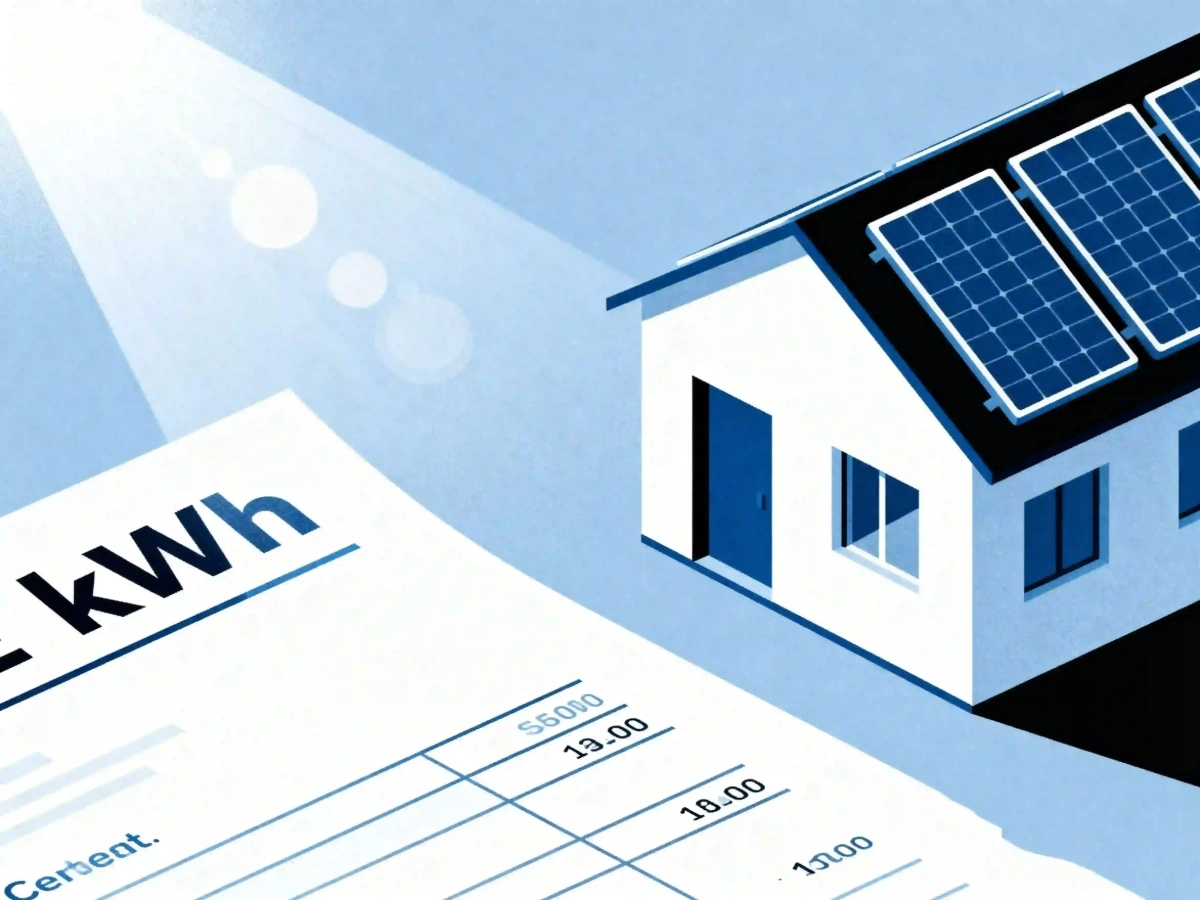
Step 1: Find Your Energy Number (The Easy Way vs. The Detailed Way)
You need a number in kWh (kilowatt-hours) to know what size battery to shop for. Here are two ways to find it, from easiest to most accurate.
The Easy Way: Check Your Electric Bill (5-Second Method)
This is the fastest way to get a great estimate. Grab your most recent electric bill and look for "kWh Used" or "Total Consumption" for the billing period (usually a month).
To estimate your daily usage: Simply take the monthly total and divide by 30.
Example: 600 kWh per month / 30 days = 20 kWh per dayTo size for backup: Decide how many days of backup you want and multiply your daily usage by that number.
Example: For 1 day of backup: 20 kWh/day × 1 day = 20 kWh batteryExample: For 2 days of backup: 20 kWh/day × 2 days = 40 kWh battery
The Detailed Way: Calculate Essentials Only (The Precision Method)
If you want to precisely size a battery for just your critical appliances, follow this method.
- List your essential appliances during an outage (fridge, lights, etc.)
- Find their wattage (on the label)
- Estimate how many hours you'll use each per day
- Calculate: (Wattage × Hours) = Watt-Hours (Wh)
- Add them up and divide by 1000 to get kWh
The Best Solution: Use our free worksheet to do the detailed calculation for you in seconds. It automatically sums everything up and gives you a final number.
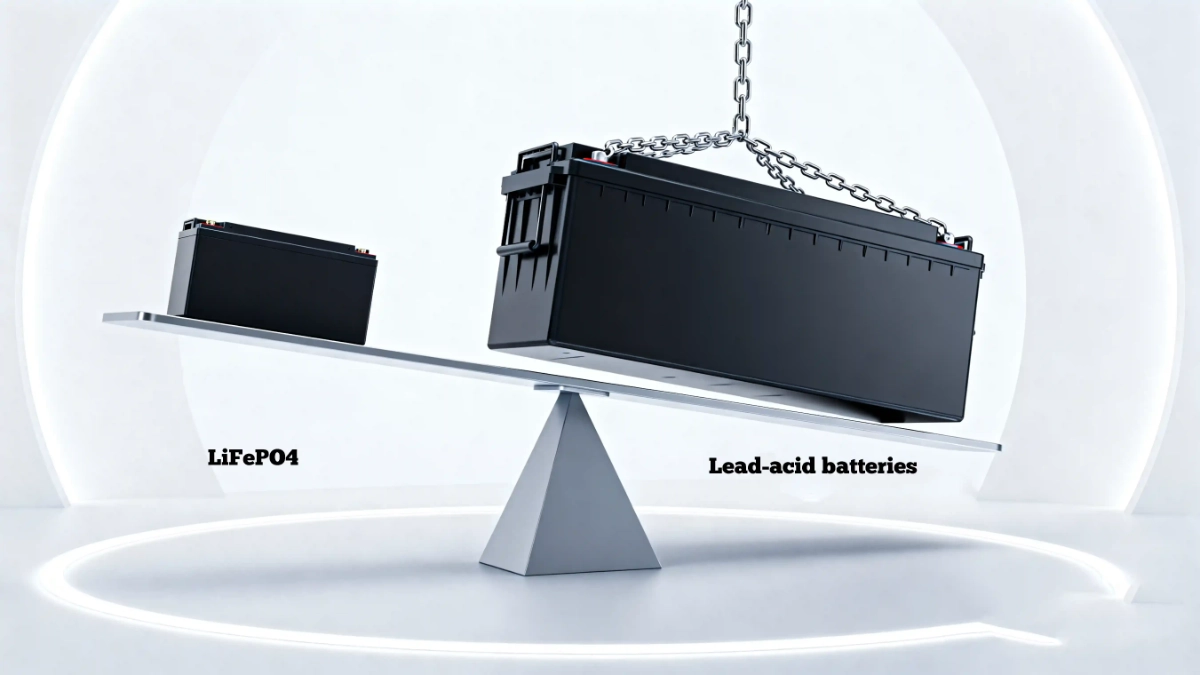
Step 2: Battery Chemistry: LiFePO4 vs. Lead-Acid (The Long-Term Cost Winner)
This is the biggest choice. Don't just look at price.
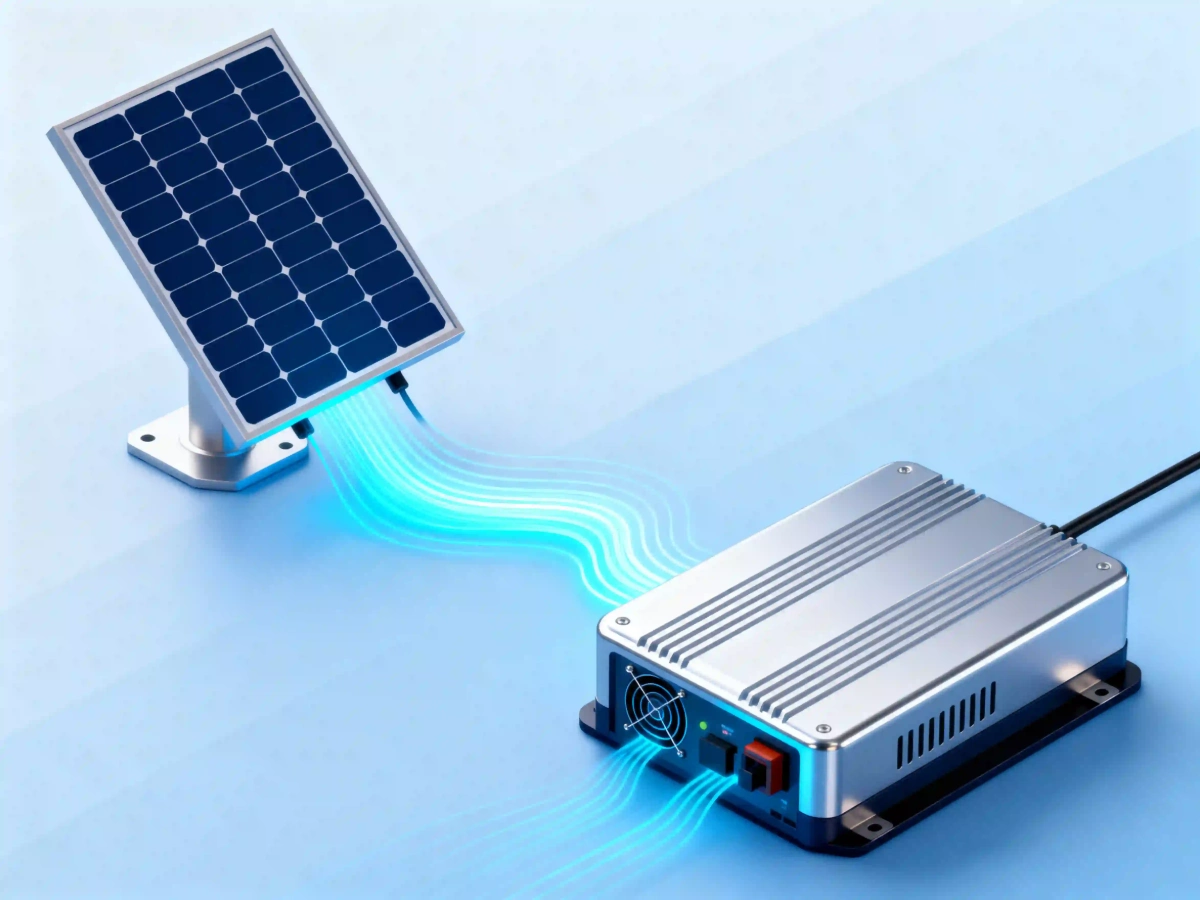
Step 3: Inverter Compatibility (The Non-Negotiable Step)
- Hybrid Inverters: Required for most modern battery systems
- AC-Coupled Systems: More flexible for adding batteries later
- DC-Coupled Systems: Often more efficient but less flexible
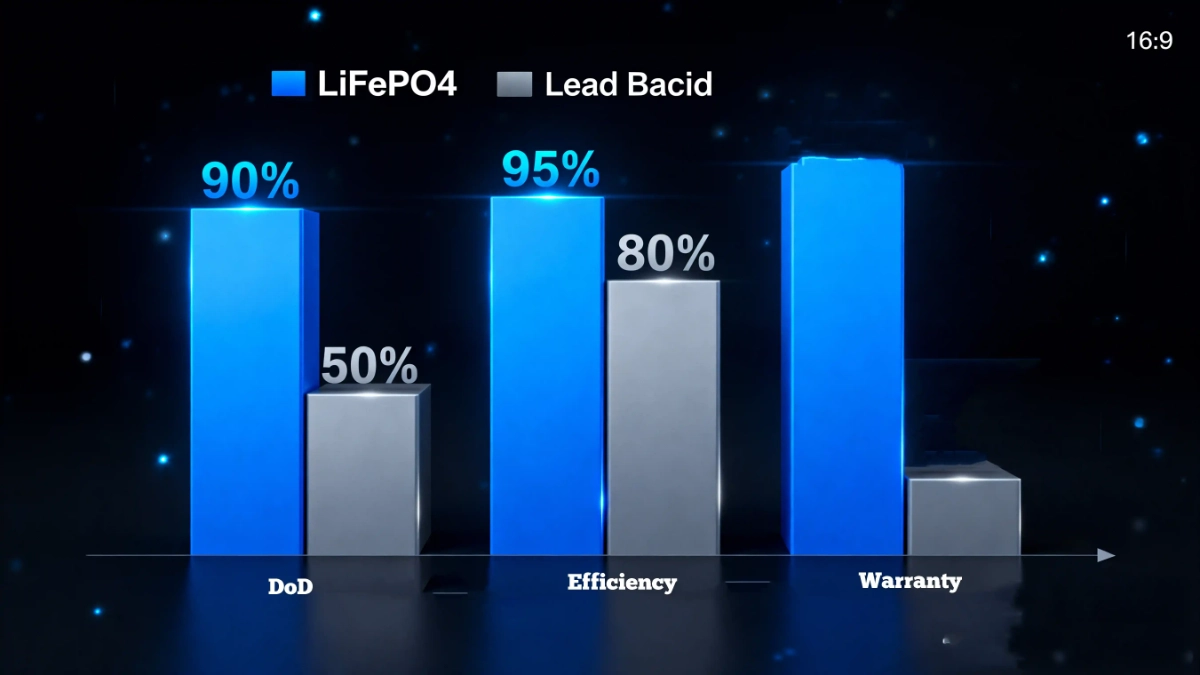
Step 4: Compare Specs Beyond the Brochure
Don't just look at brand names. Compare these key specs side-by-side:
- Usable Capacity (kWh): The energy you can actually use (after DoD). This is your most important number
- Round-Trip Efficiency: % of energy put in that you get back. Aim for >95%
- Warranty: Look for both years and throughput (MWh). A longer warranty with high throughput is best
- Peak Power (kW): Can it handle the startup surge of your well pump or AC unit?
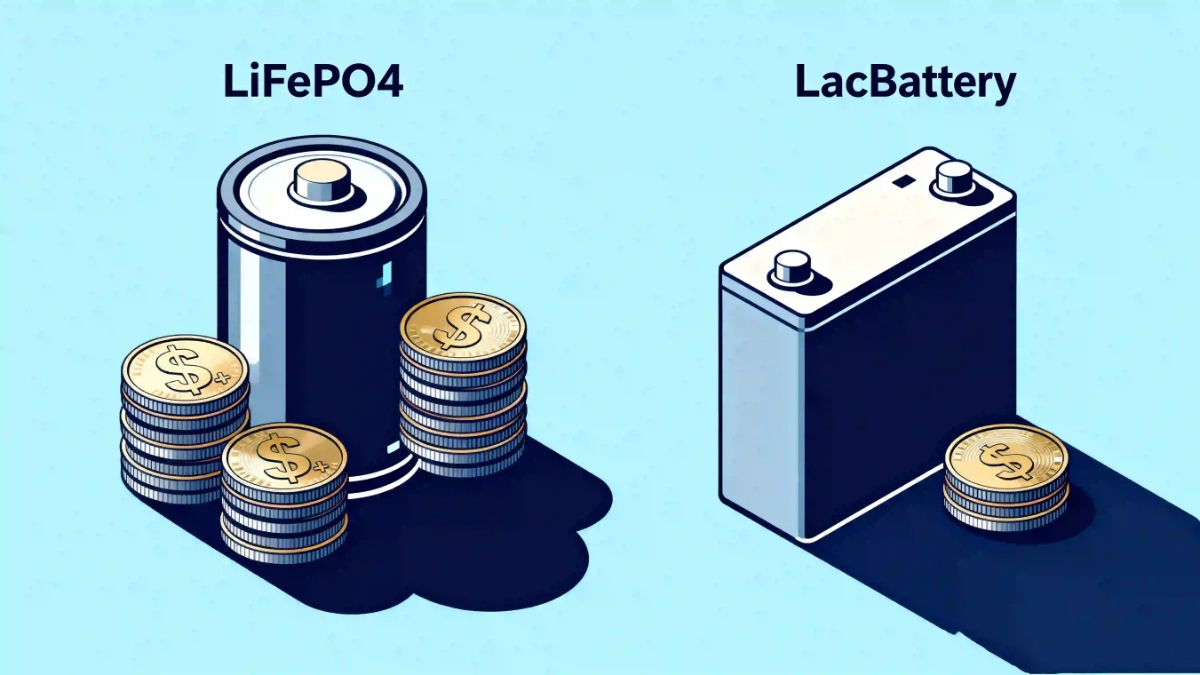
Step 5: Budget for Value, Not Just Price
A $3,000 LiFePO4 battery that lasts 10 years is cheaper than a $1,200 Lead-Acid battery you have to replace twice in 10 years.
Your Next Step: Get a Personalized Match
You now have the framework and (hopefully) your energy number from the worksheet.
Still unsure? Let us do the work for you.
Our experts will:
- Review your energy needs
- Check your inverter compatibility
- Recommend the 2-3 best battery models that fit your home and budget
Frequently Asked Questions
How do I use my electric bill to size a solar battery?
Look for your monthly "kWh Used" on your bill. Divide that number by 30 to find your average daily energy consumption. For example, if you use 600 kWh in a month, you use about 20 kWh per day. A 20 kWh battery could power your essential loads for roughly one full day.
What size solar battery do I need for a 3-bedroom house?
Most 3-bedroom homes need between 10-16 kWh of storage to cover essentials like refrigeration, lighting, and internet for 8-12 hours. The exact size is best determined by your actual electric bill usage or a detailed calculation.
Can I add a battery to my existing solar system?
Yes, absolutely. This is called an AC-coupled system. You will need a compatible hybrid inverter or a separate battery inverter (like a Tesla Powerwall or our EMX-LFP Home series).
How long do solar batteries last?
LiFePO4 batteries typically last 10-15 years (or 6000+ charge cycles). Lead-Acid batteries last 3-7 years (1000-1500 cycles). Lifespan depends on usage, depth of discharge, and temperature.










